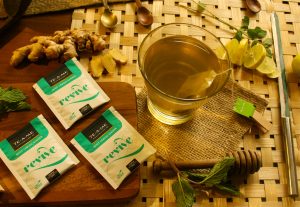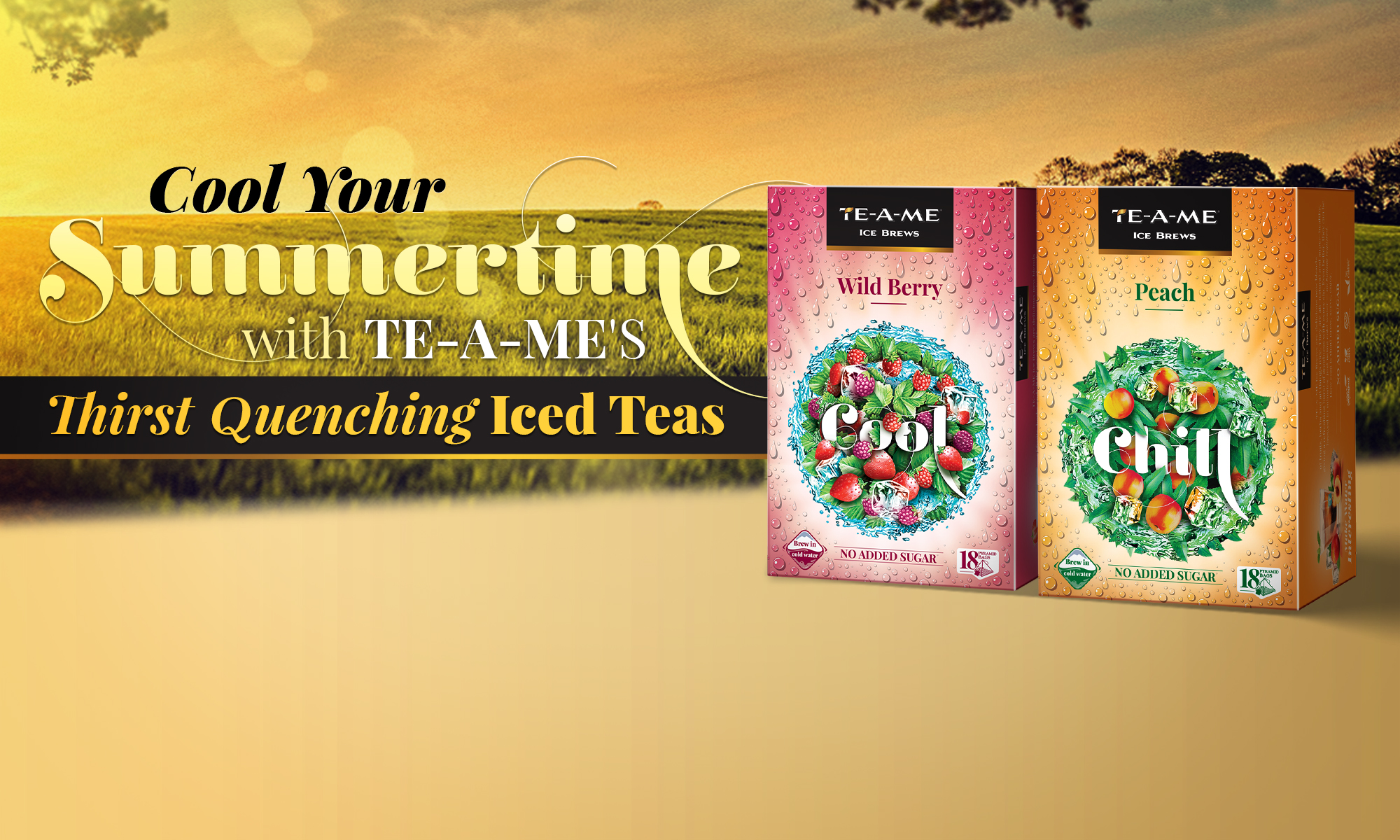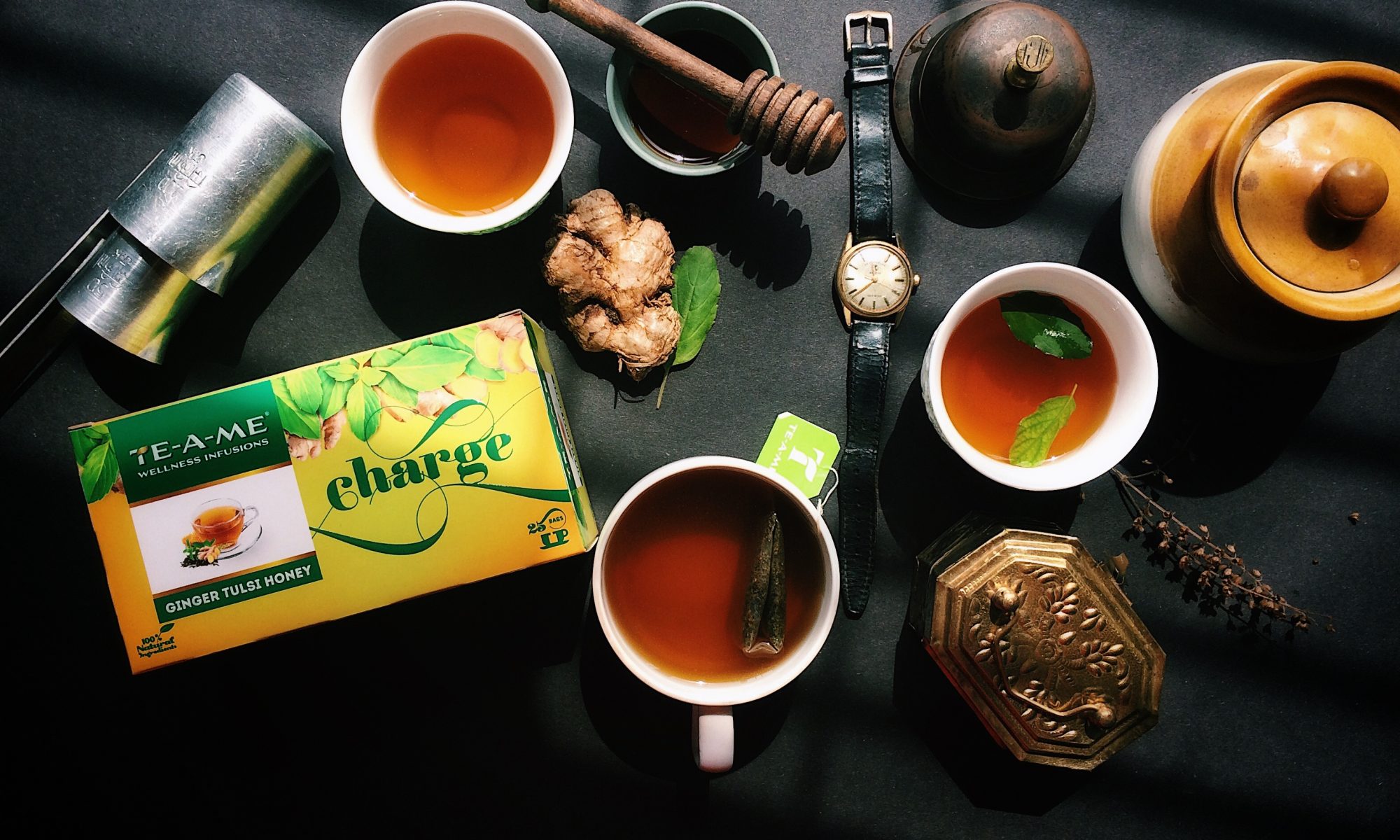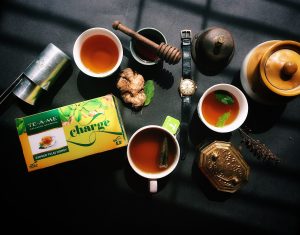
Does the aroma of a freshly brewed cup of tea make you delighted every morning? Well, many people all over the world would totally relate to this feeling. And to suit the tastes of every tea connoisseur, a gamut of variants are available today, the tulsi tea, being one of the most popular kinds. Tulsi tea with ginger honey?is way better than your regular cup of tea not just because it tastes great; but also because it comes loaded with various health benefits especially for the monsoon.
Beat the blue and flu
With the advent of monsoon, comes the onslaught of the common cold and fever. Nothing can be worse than feeling miserable and cold on a damp rainy day when youre already down with flu. But fret not, a quick cup of tulsi tea will bring back that fervour in you and cheer you up in an instant!
The wonderful medicinal properties of ginger honey and tulsi, in this brilliant concoction, helps improve your immunity. While ginger and honey keep you warm, tulsi helps to cure infections and inflammations. With various vital nutrients like Zinc, Selenium, Calcium, Vitamins A and C, and iron present in it, tulsi tea is more than just a normal cup of tea. And soon after drinking a hot cup of tulsi ginger honey tea, you will feel soothed and healthy.
Boost your digestive abilities
Many a time, you get to hear about people suffering from digestive problems during monsoon. It can be anything like difficulties in digestion or even loss of appetite. If you wish to treat problems like these, then drink tulsi tea with honey and ginger.
How? Well, you must already know that ginger helps in boosting digestion. Tulsi or the Holy Basil plant has been revered since time immemorial, for its healing qualities. And ages of research have already confirmed its multiple health benefits which include improving digestion. Tulsi and ginger help in the elimination of toxins from the system, which in turn boosts appetite and improves health.
What is the best time to consume tulsi tea?
You can drink a cup of ginger and honey tulsi tea at any time of the day. But make sure that you consume it in the form of a delicate brew without adding milk to it. That way it retains all its natural beneficial qualities and lets you enjoy its light aroma.
Are there any side effects?
Tulsi tea with ginger and honey doesnt have any side-effect in particular but if you are allergic to the either tulsi, honey or ginger, then its best to avoid this tea. Tulsi tea is considered safe to consume during pregnancy, but its recommended that you seek your doctors or nutritionists advice before doing so.
Now that youre aware of the benefits of tulsi tea with honey and ginger, prepare a quick hot brew for yourself and set out to beat the monsoon blues with confidence!




